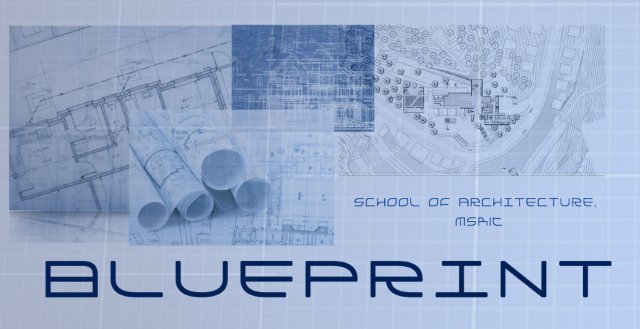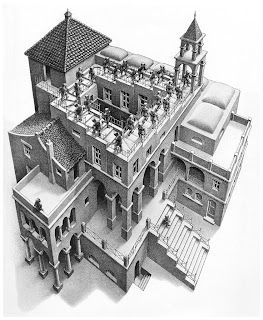Alkananda Yeshwanth
(9th sem) 1MS07
Shortlisted entry for the Berkeley Prize Essay
Cancer - an all-pervasive and indiscriminate scourge. A tumour pays no heed to gender, social status, GDP, PPP or which side of Wall Street you occupy. We have all been affected by it in some way or the other, and it has undoubtedly and unfortunately, touched all of us. Coming from a country that now calls itself home to upwards of a sixth of the world’s population, it is my intention to study and hopefully contribute, through architecture, to that section of my community that medicine can no longer help.
The building I have chosen to study is a hospice for advanced stage cancer patients appropriately named Karunashraya – the abode of peace. Located In a suburb of Bangalore, it provides palliative care to its patients free of cost and without heed to religion, caste or social standing – usually issues of debate or divide in India. Designed by Bangalore based architect Sanjay Mohe, it endeavours to create a serene environment for quality care when cure is no longer an option.
Karunashraya sits in a green twenty acre campus in east Bangalore. On one of the hot afternoons that I visited the hospice, I had the opportunity to discover rare tranquillity in the middle of a dense urban setting. The entrance is approached from the south through a long, stone paved driveway that eventually leads to the reception that overlooks one of the three open courtyards. Moving further north, past the reception, one comes across the central design feature of the campus – the water body. Planned in a way that ensures that each of the four wards and all the private rooms overlook this water body, one gets the sense that the architect kept in mind the intense contemplation and reflection these patients go through in their final days. Composite stone and concrete masonry lends the buildings a sombre air, suited very much to the green environs. The sensitively designed wards, seating areas, nurse’s quarters, prayer and meditation rooms, all ensure the privacy and mental health of every inmate on the campus.
The Bhagvad Gita tells us that “A gift is pure when it is given from the heart to the right person at the right time and at the right place, and when we expect nothing in return.” If these are words to live by, I can think of no purer gift to the community than Karunashraya. In a world where Medicare is a raging debate that is just as taxing to the strongest economies as it is to the third world, this building is representative of the humanity that seems to have been forgotten somewhere in the numbers and spreadsheets. Reflected in every aspect from its conception, design and everyday maintenance, Karunashraya is a working example of empathy and public consciousness. Through this essay, and eventually through my degree, I hope to affect a grass-roots change in this field that would result in the betterment of the community I come from and ultimately prove that I am indeed my sister’s keeper.
.jpg)



